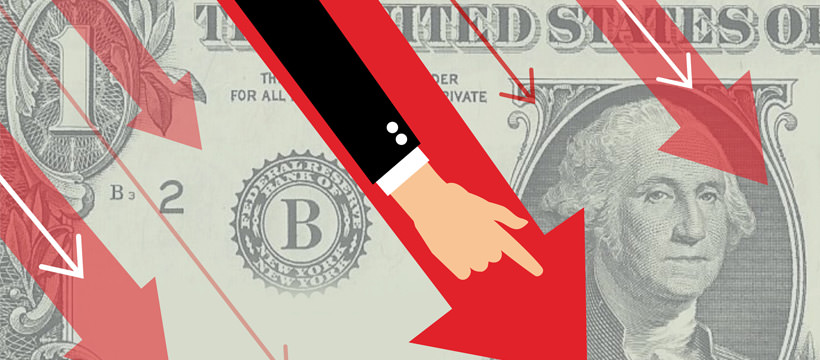Why You Should Use Stop Losses
May 30, 2017

Stop losses are fundamental elements in online trading, particularly in Forex. Their purpose is to protect capital and, alternatively, optimize trade performance. Stop losses are "automatic" tools that activate based on the trader's indications. Many inexperienced traders tend to neglect stop losses, which is a mistake, as they can make the difference between a poor performance and a catastrophe. Here's why.
What are stop losses
Technically, stop losses are orders to exit a position. Placing a stop loss means programming the exit from a trade under certain conditions. Generally, this condition coincides with reaching a specific price. As the name suggests, the essential function of a stop loss is to end a losing trade, thus limiting losses. They represent the opposite of take profits, which are exit orders that activate to preserve gains.
While the take profit aims to exit the trade before the market changes direction and starts eroding the hard-earned gains, the stop loss prevents losses from reaching unsustainable levels.
Stop losses and money management
When talking about "unsustainability," it does not indicate an objective element valid for everyone. The thresholds of unsustainability vary from trader to trader and are determined by money management goals and the size of the capital. However, two approaches are useful in determining stop losses.
Relying on pivot points. In this case, the sustainability threshold is not only given by the trader's tolerance for losses but also by the hopes that the market will reverse the trend and allow the trader to recover what they have lost. If the trend is bearish, it is best to place the stop loss (according to this approach) just below the support, as it is then certain that the market will continue in the bearish phase.
Relying on objective calculations. In this case, the only question the trader must ask themselves is: how much can I afford to lose? Once this figure is established, it is projected into the trade. The stop loss coincides with the maximum sustainable loss of the trade.
Both approaches are valid. However, the first one is mainly the prerogative of experts as it requires a more marked depth of analysis.




